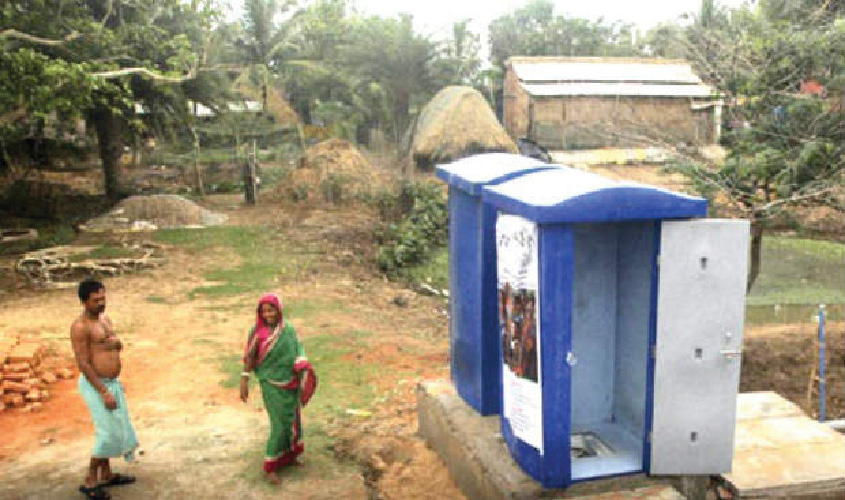As per the figures, 373 districts and as many as 353,461 villages have been declared Open Defecation Free.
The Centre has said that 82% rural households now have toilets. The feat is being attributed to Prime Minister Narendra Modi’s continued awareness programmes, which advocated the use of toilets. More than 7 crore toilets have been built in about three and a half years.
According to the latest figures of Drinking Water and Sanitation Ministry, as on 26 April, the sanitation coverage in rural areas was reported at 82.84%, against 38.70% on 2 October 2014, when the Swachh Bharat Mission was launched.
As many as 70,504,360 toilets were built during the period.
As per the figures, 373 districts and as many as 353,461 villages have been declared Open Defecation Free. The government, under the mission, supports the villagers by paying Rs 12,000 for building each toilet.
The Mission was launched with the aim to change behaviours and make people use toilets for which massive campaigning is being done at the national and state levels. The focus was also on the creation of complete ODF villages, rather than only on the construction of individual toilets.
As per the Ministry, 16 states, including Kerala, Gujarat, Maharashtra, Chhattisgarh, Haryana, Punjab, Rajasthan and Himachal Pradesh have become completely ODF in rural areas. States that are still lagging behind in terms of toilets in households are Bihar, Odisha and Uttar Pradesh.
Last year, the ministry launched a third party verification survey report to take stock of the progress made by the Mission in rural India. The Quality Council of India was asked to conduct a transparent third-party assessment of the status of rural sanitation in all the states. Under the survey, the QCI surveyed 1.4 lakh rural households across 4,626 villages. The survey report was very close to the ministry’s figures.
However, the situation is not satisfactory as far as drinking water facilities are concerned.
As per the ministry’s information, only 16.93% of rural households have drinking water facilities within their premises through tap connections.
Minister of State Ramesh Chandappa Jigajinagi said in Rajya Sabha recently that his ministry has chalked out a strategic goal wherein it aims to achieve “Har Ghar Jal” (i.e. providing safe and adequate drinking water to each rural household), by 2030, through coordinated efforts of the state governments.
Water and sanitation are part of the UN Sustainable Development Goals (SDGs) that India has agreed to meet by 2030.

